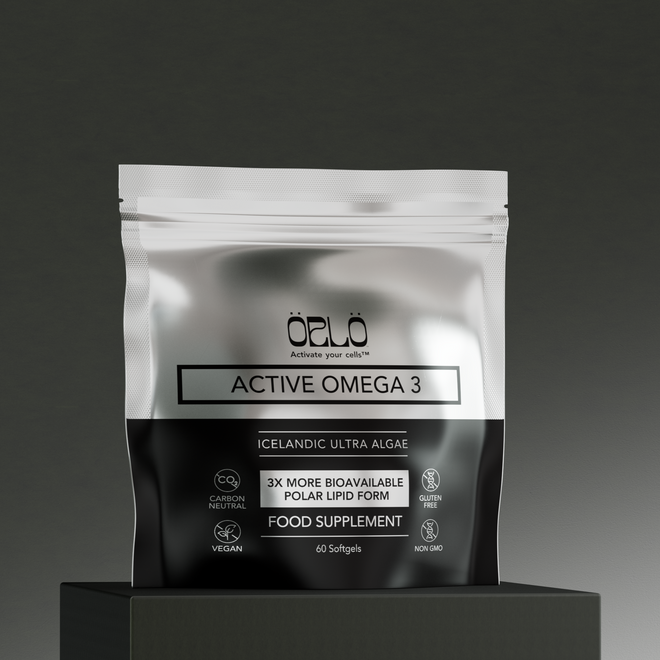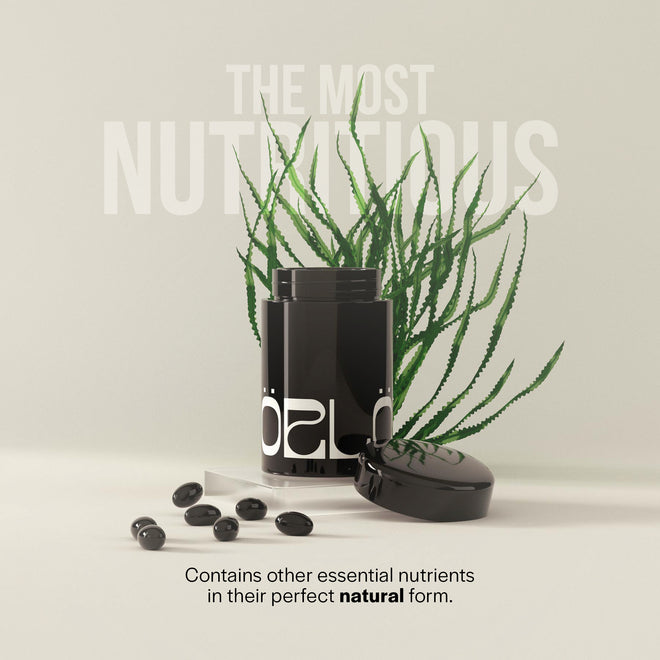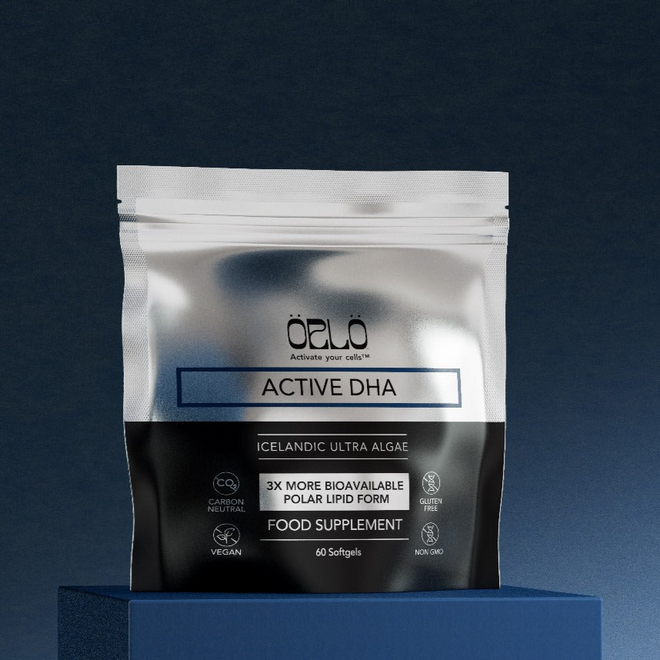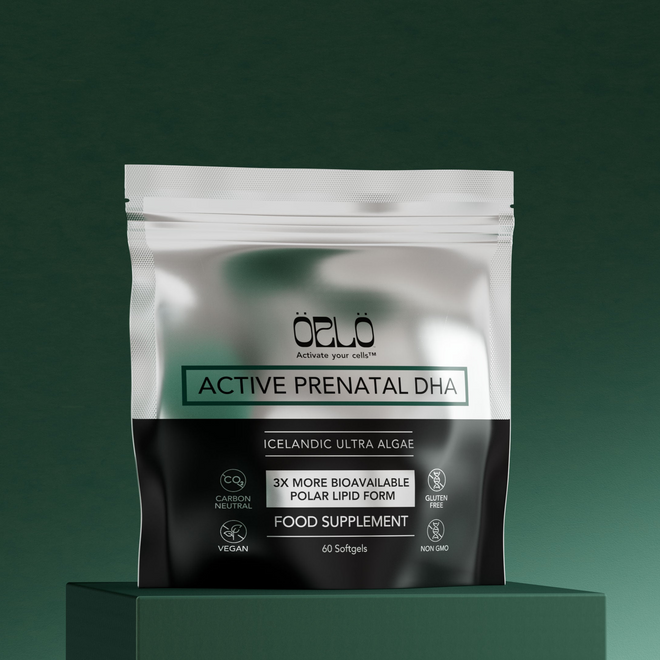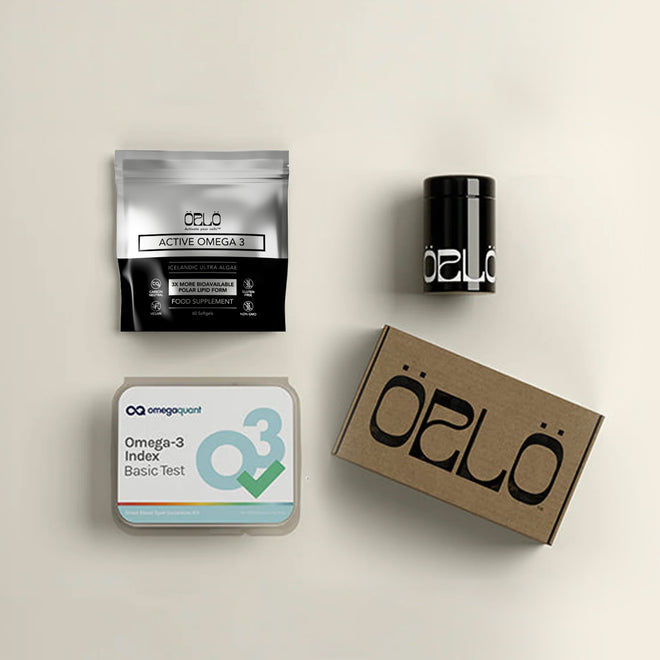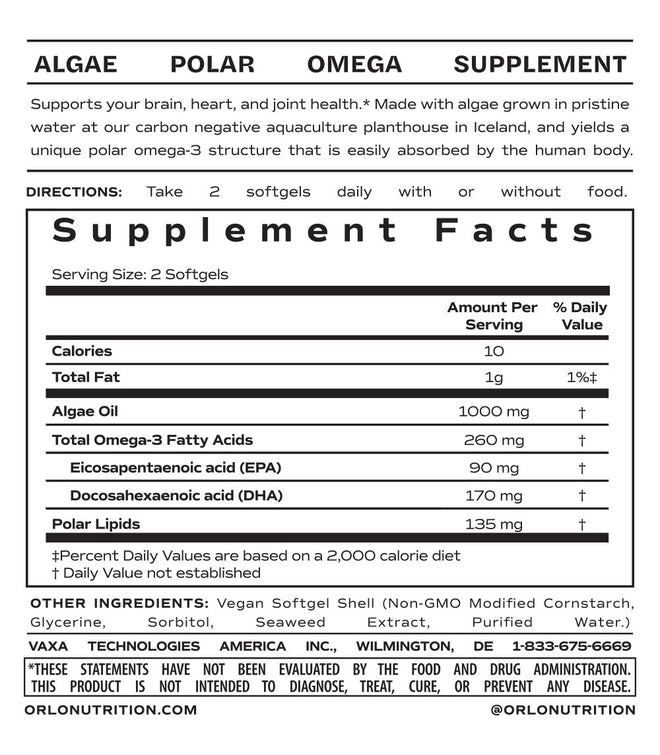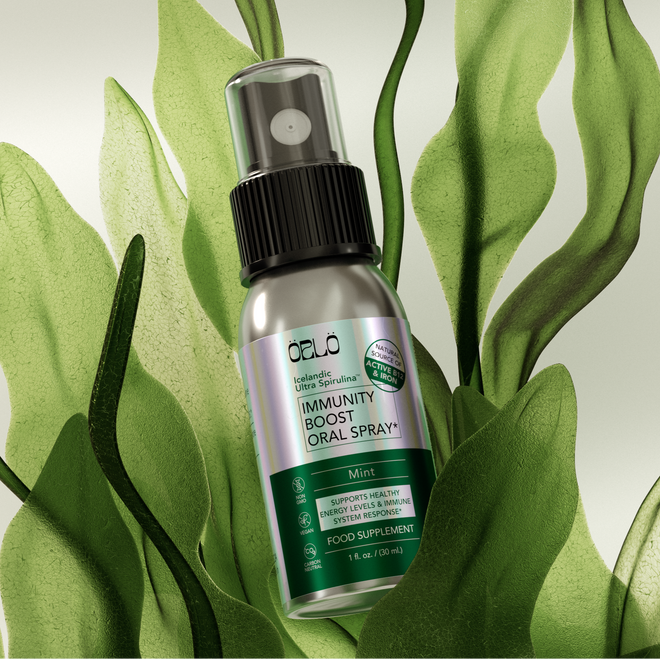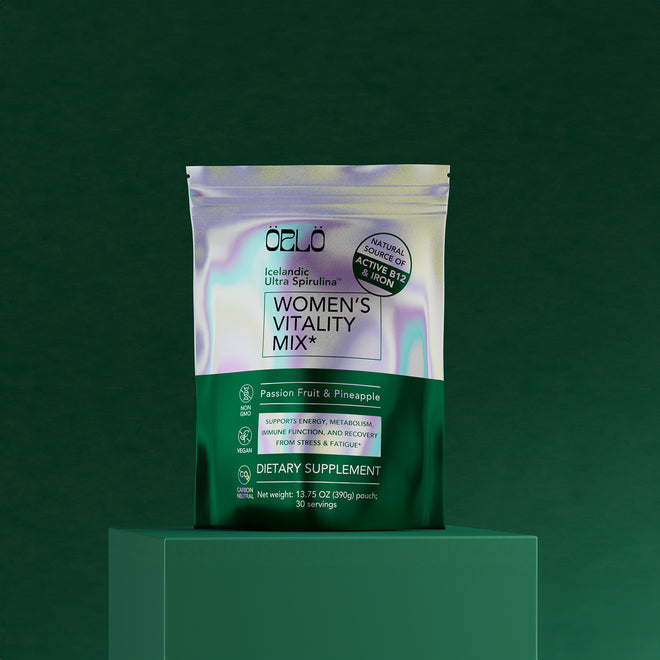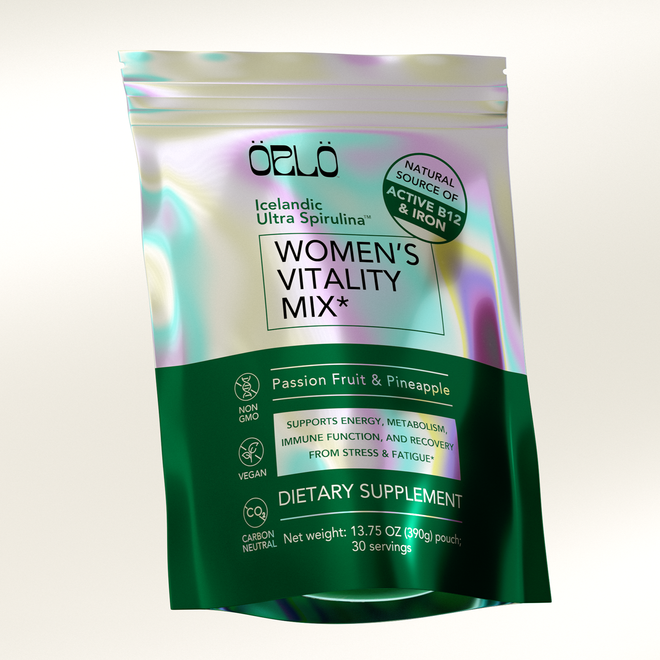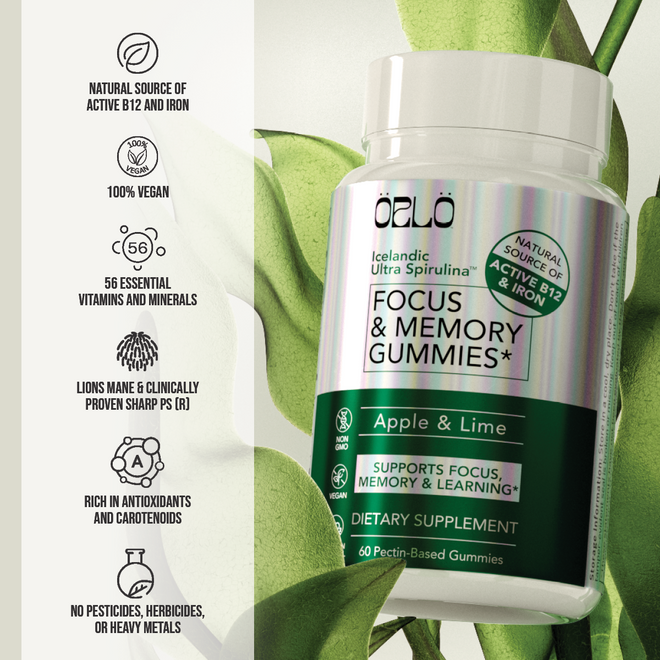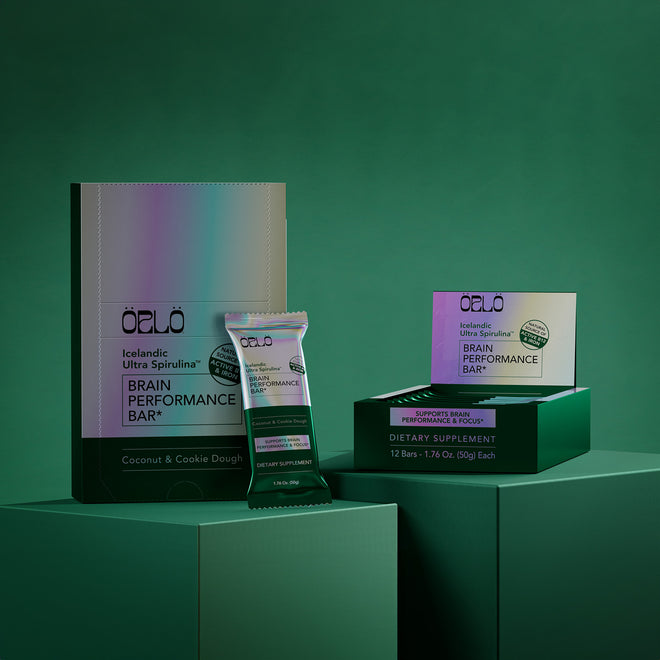25% Off - use code: HOLIDAYS
A Doctor's View: The (not so) Surprising Connection Between Chronic Disease & Fiscal Health
A Podcast Summary by Tia Morrel Walden
Chronic disease rates in America have been increasing for decades. Per the Center for Disease Control and Prevention (CDC), in America, 6 in 10 adults have one chronic disease and 4 in 10 adults have two or more. This means that chronic disease rates are the highest in the United States of all developed countries.
Fig1. Health in Flames (page 12) “U.S. Adults Have the Highest Chronic Burden”

Costing individuals physically, emotionally, and financially. The financial costs of individuals with chronic disease are consuming 90% of the Nation’s $3.8 trillion in annual health care expenses.
Contributing to the physical and emotional costs, life expectancy is decreasing as chronic diseases are increasing. The leading cause of death and disability in America today. The US has the lowest life expectancy amongst other developed countries.
Fig 2. Health in Flames (page 1) “The US Has the Lowest Life Expectancy”

We have been conditioned to believe more money equates to a more fulfilling life. The list of essentials for a household is ever-growing. Houses have increased in square footage for decades. With expanding living spaces, garages, and storage within homes, households are finding the need for excess storage units. Consumerism has sold the idea that the more money we have, the more things we can buy, and things equal happiness. Reflect on the advertisements you have been exposed to today alone; you tend to see the happiest of people living the best lives with the new item you must have.
The consumeristic mindset encourages buying, collecting, and storing of things that we hoped would increase our happiness. We are seeing the opposite happening. Happiness is decreasing while Gross Domestic Product in the US is increasing.
Fig 3 Dr. George’s graphic from page 104 of Health in Flames GDP.

Now refer to Fig 4 from page 96, Average Happiness and GDP Per Capita.

Focusing on what truly is essential in our lives can help us live a fulfilling life and cultivate happiness.
With the lost skills, our ancestors had, we no longer spend time gardening and cooking meals as they did. We buy highly processed foods that appear to be cheaper upfront. We are drawn in by the convenience of fast foods that cost little out of pocket when purchasing. The truth is junk food is cheaper in the upfront cost and does take less time. By saving time and money when it comes to eating, we have more to spend on those things we are told lead to happiness.
It’s when we go through years of eating ‘fast and cheap’ foods we are compounding the cost to come. By budgeting time and money for healthier eating today we increase the chances of cultivating a longer, more active, and more fulfilling life.
Once making the decision to budget whole foods into our lifestyle we should keep in mind the quality we choose. Not all foods are created equal in today’s agricultural farming system. Buying organic eliminates the exposure to pesticides that can be detrimental to our health, including insecticides, rodenticides, herbicides, fungicides, and antimicrobials.
Produce grown with pesticides and other chemicals does not carry the same vital nutrient content as organic produce. Buying organic all the time is not a reality for everyone. The Environmental Working Group (EWG) publishes a yearly list called the Dirty Dozen and Clean Fifteen. Listed out are the crops contaminated with the most pesticides for the year, you can prioritize which produce items on your shopping list you want to buy organic.
Envisioning a farm, you might picture a red barn, white fence, green pastures with cows, pigs, chickens, goats, etc. running around grazing on fresh grass and feed, living their best life, happy and free. This is the picture sold to us on food labels and in advertisements but it is not the reality for industrialized farms in America.
Discount meat, eggs, and milk sold in stores today are coming from animal feeding operations in America. Farms running on a large scale typically high-density is considered a CAFO (Concentrated Animal Feeding Operation). Where animals barely have room to walk around, if they can walk at all. Animals are likely injected with growth hormones to the point their legs can no longer sustain their body weight. Animals typically don’t know what daylight is until it’s their turn to be processed into what is sold at the stores. These animals are more susceptible to infection and disease which means they are injected with antibiotics.
Every dollar spent on meat and animal products coming from CAFOs encourages the inhumane treatment of animals. When choosing that discount meat and animal products, you are buying more than you are bargaining for. Everything the animal is exposed to and consumes will be ingested by your body to be used as fuel. Budgeting for the pasture-raised, organic, 100% grass-fed, free-range, cage-free, antibiotic-free, etc. is one of the best things you can do for your health and quality of life now and in the future. And if you choose instead eat the standard American diet without minding your food sources, you will likely add to the rising obesity epidemic we face in "developed" nations. The US already leads in both obesity, and chronic disease, with no projected change in that statistic.

Remember, you have a choice to walk away from that path by changing what you eat.
When we incorporate healthy eating into our budget we can make up for the cost by adopting “the best things in life are free” mentality. After our basic needs are met this mentality will allow the room for you to intentionally invest more of your income. Dr. Vimal Thomas George’s book Health in Flames goes into detail on how to take steps towards financial independence. Investing in your health today is a surefire way to step into a longer, more active, life-giving future.
Resources:
Dr. Vimal Thomas George. “Health in Flames A Doctor’s Prescription for Living Beyond Diet and Exercise.”
https://www.cdc.gov/chronicdisease/about/costs/index.htm Page last reviewed: January 18, 2022
https://www.ewg.org/foodnews/summary.php By EWG Science Team: March 17, 2021
